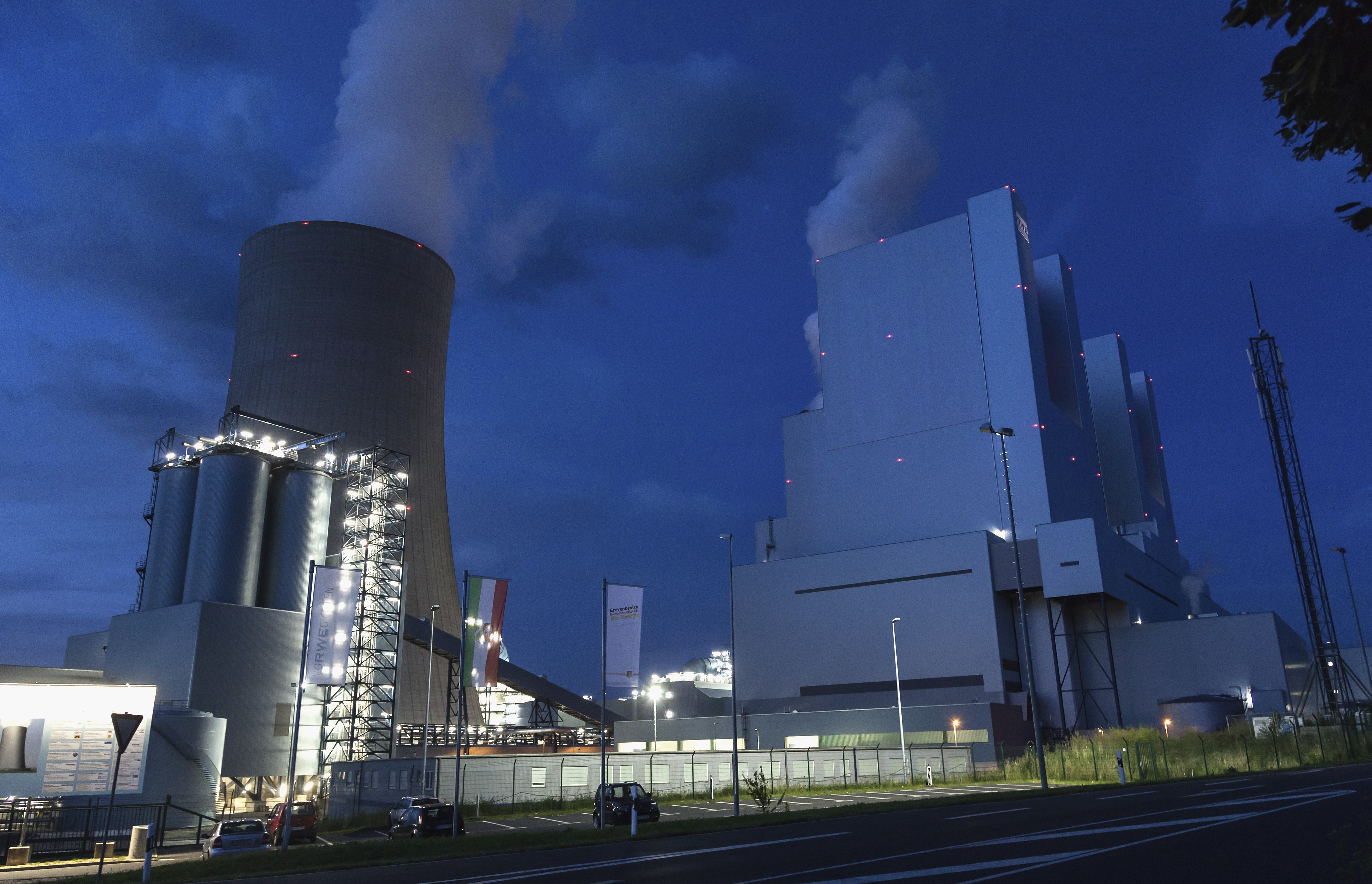The fortunes of natural gas will increasingly drive electricity pricing as it continues to displace coal, Black & Veatch forecasts in the latest Energy Market Perspective.
Black & Veatch’s long-term forecast on electric power assumes a moderate economic rebound driving demand at a projected growth rate of 1.1% from 2013 through 2038. Growth in peak load is forecast at about 1.6% a year over the next two years (2014-2016), before reverting to a long-term growth trend of about 0.9% annually, said Rob Patrylak, Managing Director & Practice Business Lead in Black & Veatch’s management consulting division. Peak demand is needed to establish the need for generation capacity – it is a component of growth.
Natural gas-fired combined cycle plants are expected to account for 50.5% of electricity production by 2038 compared to roughly 25% in 2014. Coal will account for nearly 21% in 2038, down from 39% this year, while nuclear’s share will drop to 8.8% from 18.4% currently. Renewables such as wind and solar will see increasing shares.
Coal, the primary energy workhorse since the inception of the utility industry, will continue to face retirements of many older, smaller plants. Black & Veatch forecasts a total of 146,300 megawatts of coal generation will go offline by 2038, including more than 61,000 MW by 2020. The closures will be primarily attributed to the Environmental Protection Agency’s more stringent air pollution requirements and lower natural gas prices that are projected to maintain a competitive advantage over coal. This forecast does not include retirements from potential future greenhouse gas emission regulations, which could be in place by 2020.
More than 348,000 MW of new gas capacity is expected to be installed before 2038, a 1% decrease from the previous forecast six months ago. The demand for natural gas from the electric power sector is expected to grow at an average rate of 3.1% annually over the 24-year-period.
Deferrals and cancellations of new nuclear units are also expected to continue. “Some of these will be blamed on Fukushima but, in reality, it will be a response to low gas prices and the lack of a carbon pricing mechanism,” Patrylak said.
The high oil to gas price ratio, running at approximately 3.8:1 on a British thermal unit (Btu)-to-Btu parity basis at the start of 2014, continues to drive drilling toward oil and natural gas liquids (NGL) plays, indicating that gas prices are driven more by the value of petroleum liquids than the long run marginal cost of incremental gas production. (Petroleum liquids are the driver at a ratio of greater than 3).
Stranded natural gas pipelines are being converted and redirected to transport abundant incremental crude oil, oil products, field condensates and mixed NGLs. For the near term, tight reservoirs and shale oil are projected to provide approximately 40% (3 million barrels per day) of total Lower 48 production by 2020, with a high case of 5 million b/d.
In the near-term outlook for natural gas, prices will be held to gradual increases because of robust growth in supply and a lack of short-term growth in demand. The location and volume of incremental gas production will be determined by the value of the associated petroleum liquids. The near-term demand from coal-to-gas switching will gradually decrease from the 2012 peak.
As for coal in the near-term, the gradual rise in gas prices will allow coal to partially recapture the market lost in 2012. The rationalization of domestic coal production continues in the face of relatively weak demand conditions. Exports have been the key driver of incremental demand while domestic thermal market demand has stumbled in the face of gas displacement.
Black & Veatch’s market view will be discussed in a January 21 webcast at 2pm ET hosted by Energy Central and Black & Veatch.
Samuel Glasser is Editor, Global Marketing & Communications at Black & Veatch, an employee-owned, global leader in building Critical Human Infrastructure™ in Energy, Water, Telecommunications and Government Services. Since 1915, we have helped our clients improve the lives of people in over 100 countries through consulting, engineering, construction, operations and program management.

